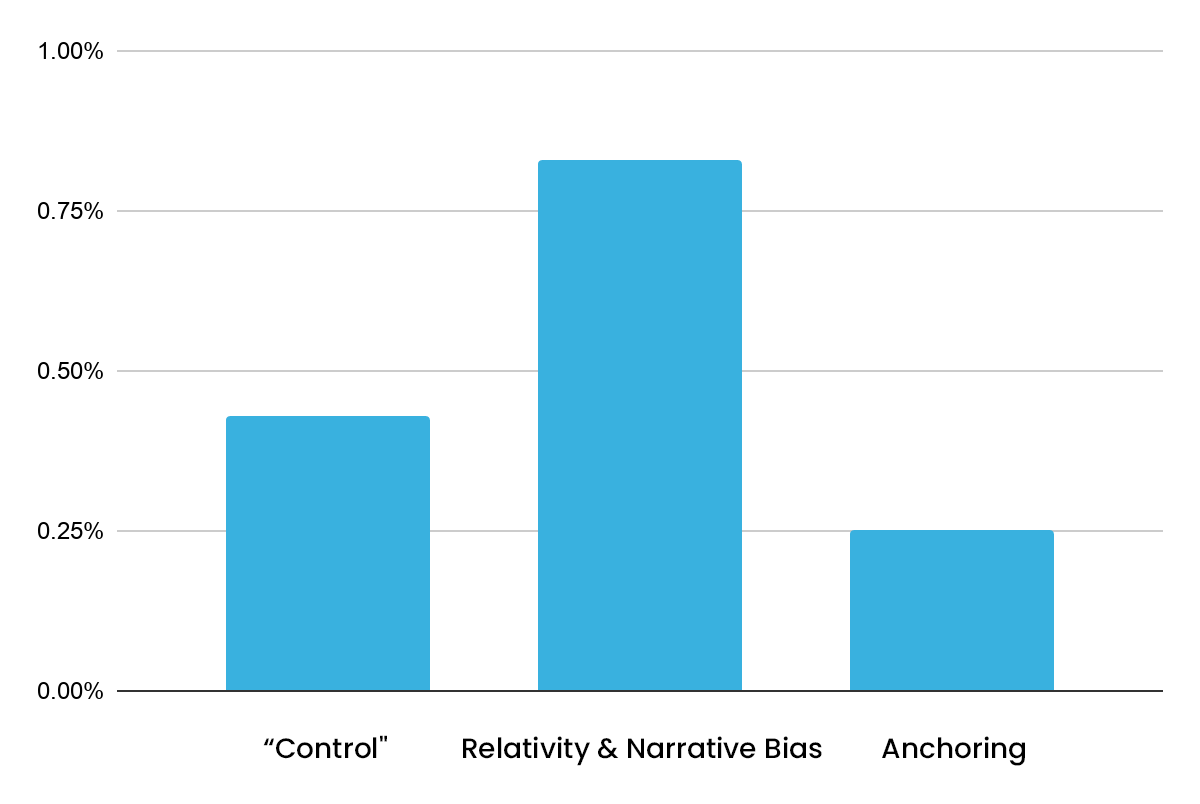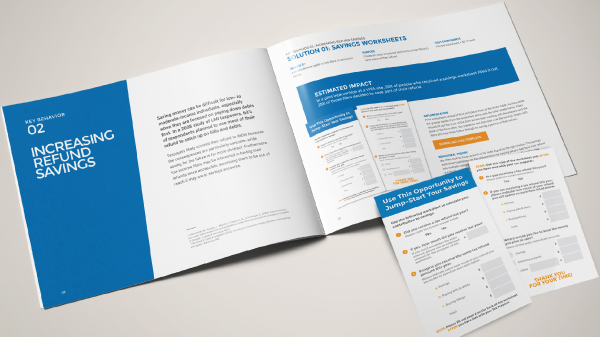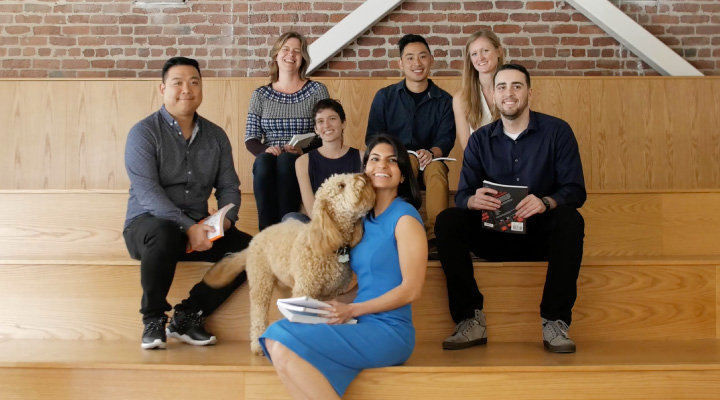CASE STUDY
Getting Ahead of Resistance Comes Down to Knowing How to Frame a Solution
Client:
TRUCE creates software that blocks incoming notifications from workers’ smartphones, eliminating texts, notifications and calls while at work.
Challenge:
Eliminating distractions while driving, using heavy equipment, or brainstorming in meetings makes work safer and more effective. Although there’s clearly a benefit to reducing accidents, some prospects thought their employees would resist adopting this blocking software in the workplace.
TRUCE wanted to scale and needed to understand how to frame their solution to overcome this potential hesitation.
What we did:
Step 1: Interview Customers and Leads
To get a true understanding of buyer attitudes and behaviors, we interviewed managers, workers and cold leads. Although there was indeed the “Big Brother” wariness, we were surprised at how quickly (1-3 months) managers felt the adoption of TRUCE went from strong opposition to generally positive.
Step 2: Determine which Behavioral Frames to Test
We needed to test which behavioral frame would resonate most with prospective adopters. Combining our initial Behavioral Science assessment with insights from the qualitative interviews, we came up with several frames to test, including:
- Relativity
- Anchoring
- Reframing
- Behavior Change
- Social Norms
We presented our findings to TRUCE. After discussing each, they chose the following two options to test in addition to a control, which was TRUCE’s current ads:
Anchoring
Managers know they will face a lot of resistance. However, they often have a difficult time sufficiently adjusting their expectations to what the reality might be. We’d use data to expectations accordingly and help managers adjust.
Relativity & Narrative Bias
TRUCE has a strong differentiation from the competition: The competition can tell you who is at fault in an accident, but TRUCE blocks distractions so we don’t have to. Also, instead of explaining TRUCE’s software as the current control ads do, we’d use “Narrative Bias” to actually show it in action.
Step 3: Run Ads
We showed both ads to Environmental Health and Safety Officers on LinkedIn via paid campaigns.
Ad #1
Ad #2
Step 4: Analyze Results
The test produced a clear winner: 187 clicks vs. 3 clicks. Surprisingly, it wasn’t Relativity and anchoring that won. Instead, the winning Behavioral Science concept was Relativity and Narrative Biases.
Instead of being interested in overcoming worker resistance, people were more drawn to the story of TRUCE and its impact. Using “Relativity” and comparing TRUCE to the competitor’s solution was very effective at getting people to understand its value.
Despite being run during a pandemic, the Relativity ad performed well above average.
Ads run for the 2 month previous had averaged a .4% click rate. Our Relativity and Narrative Bias ad doubled this conversion rate, to above pre-COVID conversations. The anchoring condition failed to gain much traction and was paused early.
Click Rates

Promising Early Results:
Even though our goal for the experiment wasn't lead generation, our client got two leads so far, including one from Verizon.







